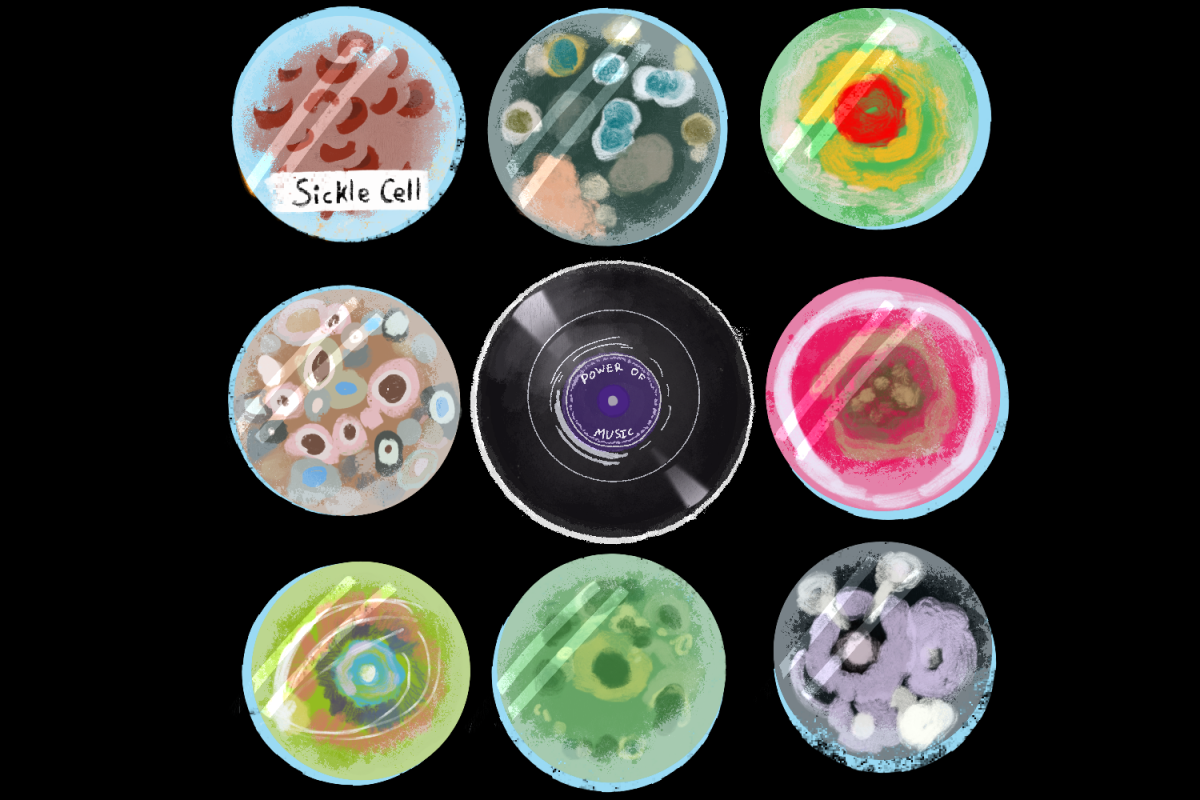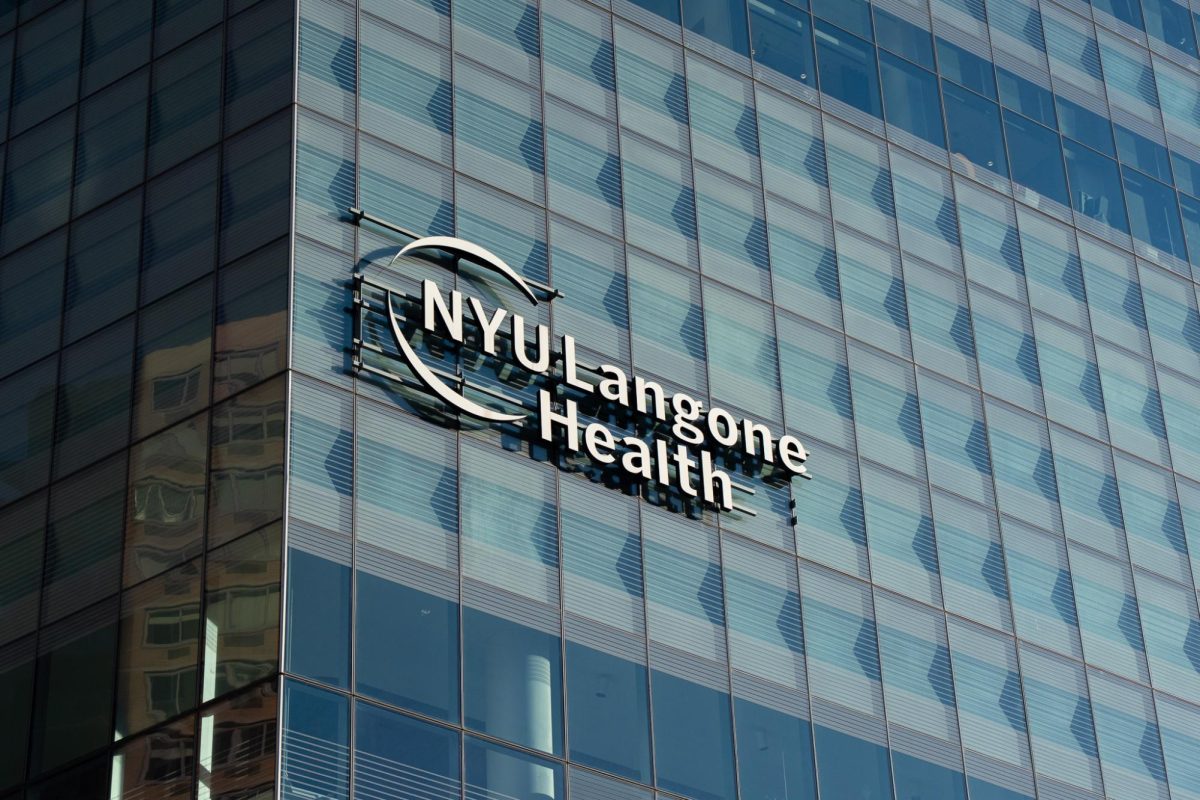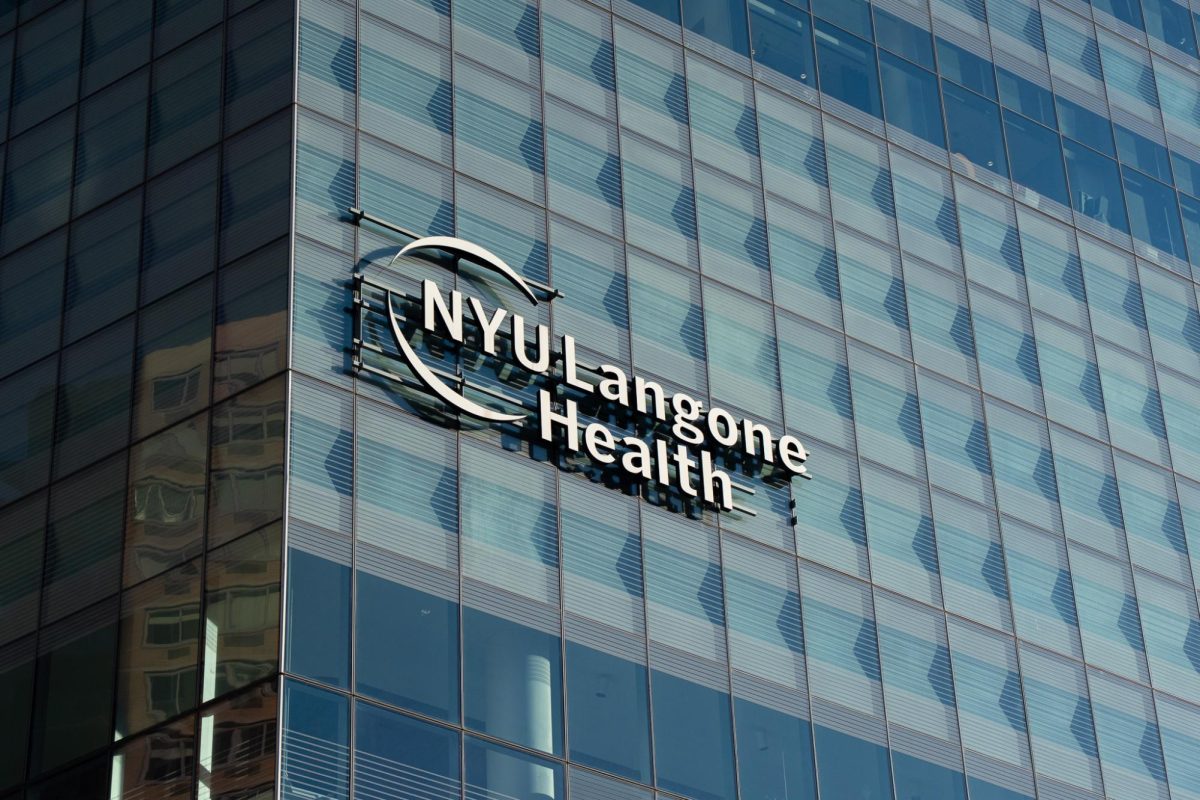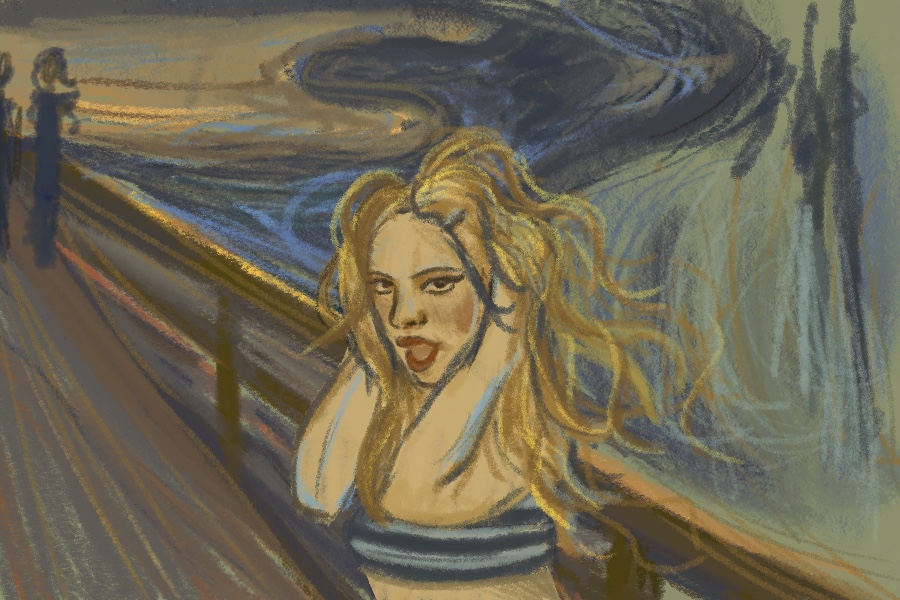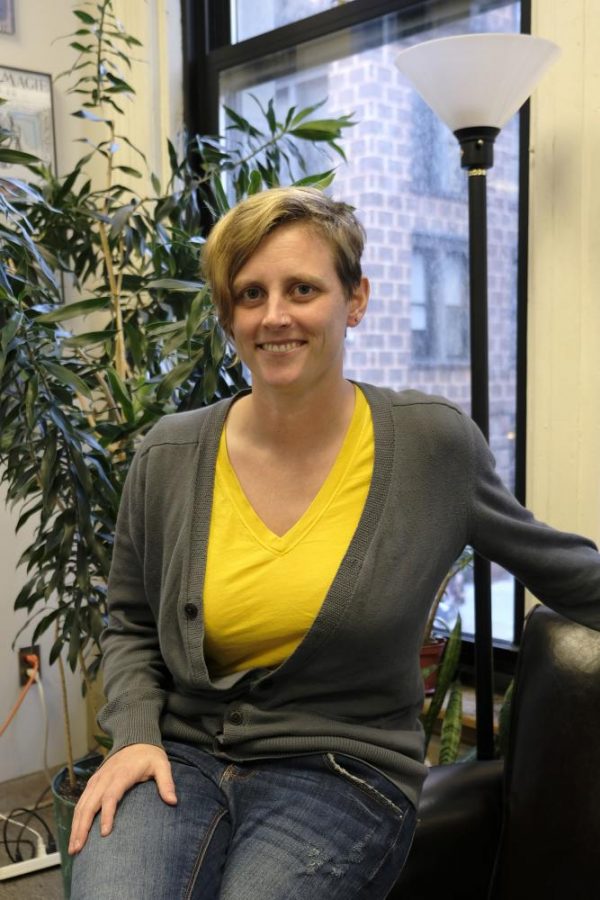South America has had more than its fair share of mass violence, and NYU professor and doctoral candidate Jennifer Lila Trowbridge works intimately with the remains of these disasters.
Although she is currently in New York working on her dissertation, Trowbridge has conducted anthropological fieldwork in Colombia and Guatemala, two countries that have suffered from mass violence due to internal warfare. She spent four years in Guatemala and 17 months in Colombia with teams of forensic anthropologists working to exhume, study and identify the remains.
“It’s always powerful once you’ve excavated the whole area and the skeleton — or multiple skeletons — are visible and you see the positions that they were in when they were put in the graves, which sometimes they’re thrown carelessly in there,” Trowbridge said.
In both countries, the goal was to reconnect the remains with their families so they can have a proper burial.
“What we’re doing is trying to help the families, if not the spirits, if you want to imagine it that way, of the people killed to experience some sort of restoration or slightly more peace around what happened,” Trowbridge said.
Trowbridge was constantly surrounded by the remains of these victims and often found herself in creepy situations with them. In Guatemala, her team worked at excavation sites in the mountains. After packaging up the bones, the team would pile everything into the back of a truck and drive it back to their lab. However, when the team stopped at a hotel for the night, they would have to sleep with boxes of bones in their rooms in order to keep them safe and maintain the chain of custody.
“In one particular time, when I had six different boxes — which is to say six different skeleton bodies — stacked up in the corner of my hotel room, I remember really having to talk myself through it,” Trowbridge said. “Kind of like, ‘Okay, it’s possible that I could have some kind of ghostly experience tonight. I wonder if they will scare me.’”
Trowbridge had heard stories from coworkers about people who had dreamt of the bodies in their hotel rooms. Although she was initially wary about sleeping with the remains, Trowbridge knew she was helping the families of these people and hoped that if she had a spiritual experience, it would be a positive one.
“I didn’t experience anything and in the morning, I was a little sad,” Trowbridge said. “Because, on some level, I was like, ‘Oh, I want to feel a connection from the beyond.’”
Even though Trowbridge welcomed a friendly spiritual interaction, the paranormal has always frightened her.
“When I was younger, I loved horror movies — but the ones with ghosts scared me the most,” Trowbridge said. “So, it’s a little weird, or maybe makes psychological sense on some level, that I work in this area [of study].”
This fear definitely followed Trowbridge into her profession. Sometimes, when she was alone at the lab at night, she’d get spooked. And she wasn’t the only one.
“Some people used to come in and say, ‘Oh, there’s just such a bad vibe in here,’” Trowbridge said. “And I think there were legitimately hundreds, at any given time, of massacred bodies of people we’re trying to analyze and identify.”
While working in Bogotá, Colombia, she also encountered what appeared to be ghostly activity in her building’s elevator, which would frequently take people to floors they did not request.
“There would be times I was on it by myself and I would clearly have pushed the fifth floor and it would open, all of a sudden I would get off and be like, ‘Where am I? I’m on the sixth floor — it skipped the fifth floor,’” Trowbridge said.
Although the elevator seemed to have a mind of its own, Trowbridge, like many others, brushed off these mysterious occurrences. After all, the people who worked with her at the Instituto Nacional de Medicina Legal y Ciencias Forenses were doctors and scientists who rarely acknowledged the supernatural.
“Some people would make jokes about the elevator being haunted and it would make the other people very uncomfortable,” Trowbridge said. “They just wouldn’t respond or [they’d] give a polite but uncomfortable laugh.”
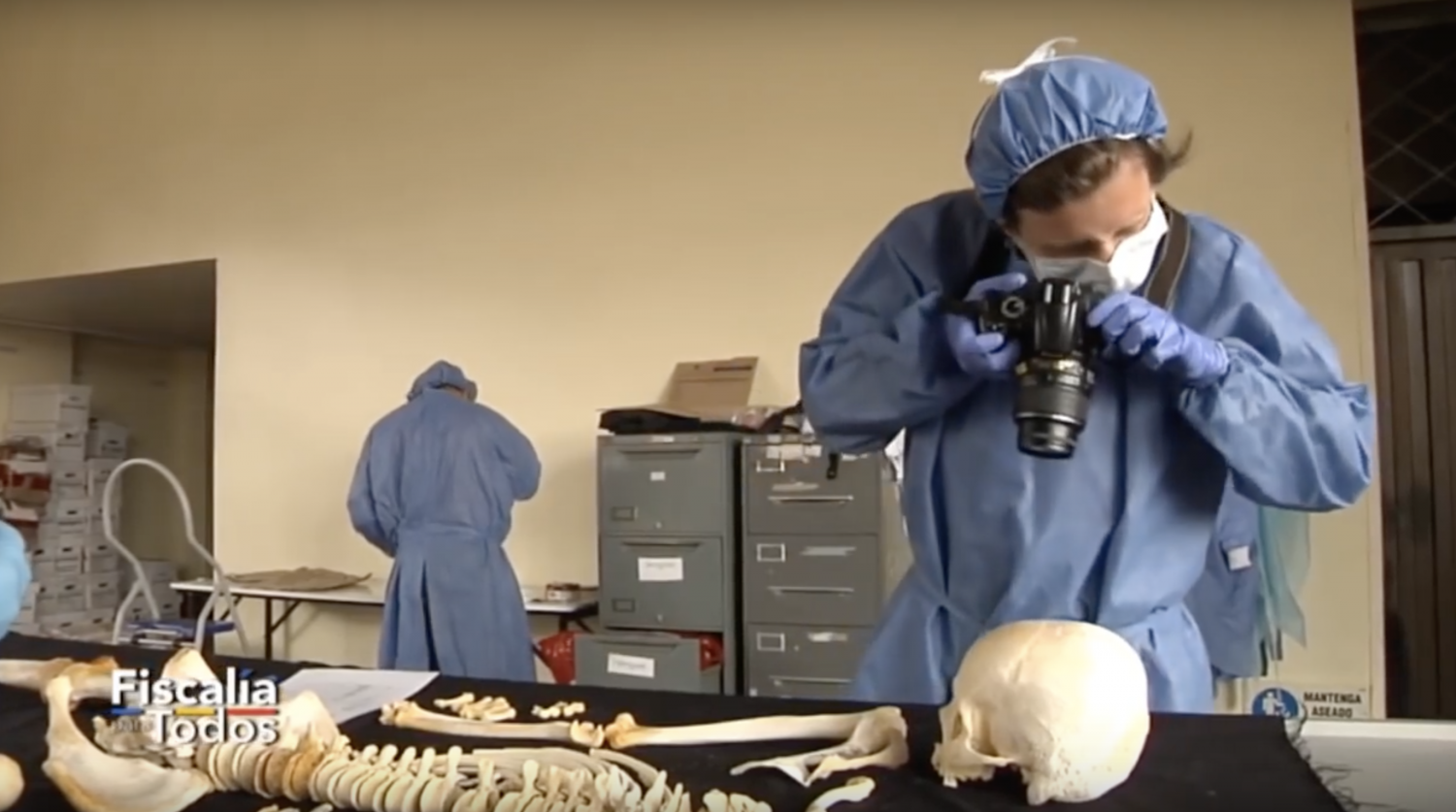
However, Trowbridge met several professionals who strongly believed that the institute was a hotspot for spirits of the dead.
“Other people said, ‘No, I mean, think about all of the kinds of people and all the kinds of deaths that come through these doors — it’s horrific,’” Trowbridge said. “‘Of course there are going to be spirits haunting this building. Of course there’s ghosts.’”
Elevator ghosts weren’t even the scariest things people witnessed at Trowbridge’s workplace.
“Some people who worked in the morgue were telling me that one time there was a body that came in, and you know, they all lie on these tray tables and refrigerated areas until they’re ready to be examined,” Trowbridge said. “They said that one time there was a body that just slowly started sitting up.”
The morgue assistants, who’d been working the night shift when this happened, naturally were freaked out. However, there was scientific reasoning behind what they witnessed — rigor mortis caused the muscles of the deceased body to stiffen and contract, making the body move in a life-like way.
Whether you’re a morgue worker or a forensic scientist, working with the dead leaves a lasting impact on you. Although Trowbridge isn’t currently employed as a forensic anthropologist, she is still triggered by things that remind her of the work she did with remains.
“Smells are very powerful,” Trowbridge said. “And, sometimes the smell of some sort of decomposition — it can be a dead animal — but if it smells similar to dead human, it can really throw me off.”
The emotional toll forensic work takes on professionals like Trowbridge is astounding. According to Trowbridge, many fall into depression or leave their jobs.
“It’s just kind of seeing the worst things that humanity is capable of and staring that in the face every day,” Trowbridge said. “You’re [constantly] keeping a straight face, putting on the scientific glasses lens to look at it and [trying] not to become overwhelmed by it. Because if you do, you cannot do the work.”
Despite these challenges, Trowbridge wouldn’t trade anything for the experience she had working at sites of mass violence in South America.
“I sometimes miss the bodies,” Trowbridge said. “And not just as bones — because there are bone collections here [at NYU] — but I felt a connection to them as a person I was trying to help identify. I miss that. That’s not something a hard scientist is supposed to say. But it’s also what made the work really meaningful to me.”
A version of this article appeared in the Monday, Oct. 29 print edition. Email Natalie Chinn at [email protected].


